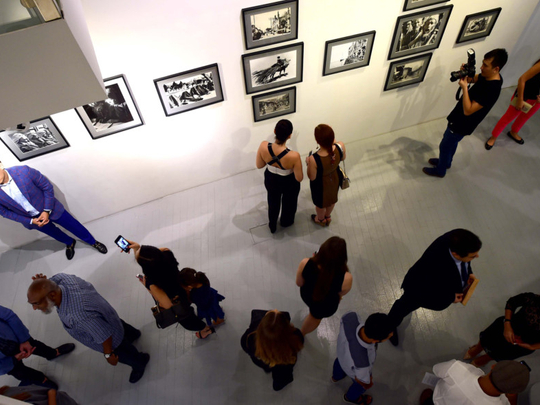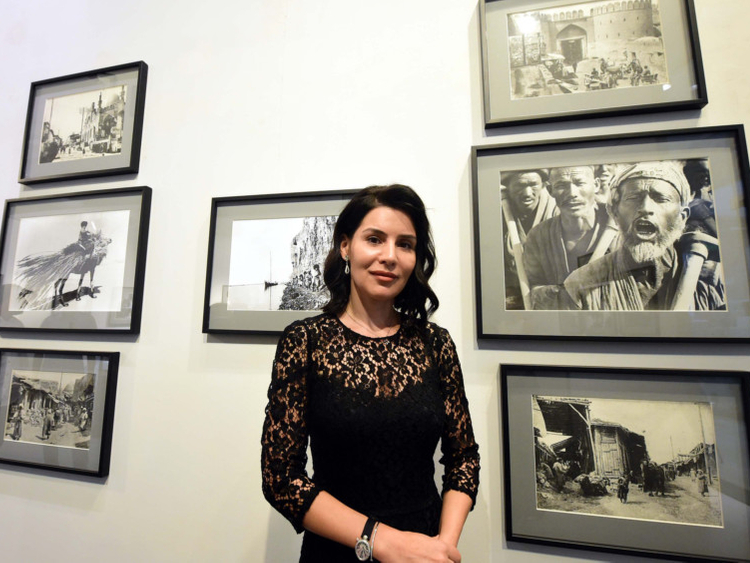
Dubai: Offering a rare insight into the early 20th century Uzbekistan, a photo exhibition in Dubai offers glimpses into life in the Central Asian nation when it was still untouched by modernity.
The exhibition displays the works of legendary photojournalist Max Penson (1893-1959), who so vividly captured the life in the many cities and countryside of Central Asia when the region was still not part of the Soviet Union and was just waking up to the realities of a post World War I world.
A collection procured from the Belarusian photographer’s 84-year-old daughter, who is still based in Uzbekistan, the exhibition is being held at Andakulova Gallery at Dubai International Financial Centre.
The Middle East’s only gallery for Central Asian art, Andakulova Gallery is a platform for contemporary art from Central Asia with its current focus on Uzbekistan.
Founded in 2012 by an art dealer from Samarkand, Natalya Andakulova, the gallery’s goal is to cultivate the dialogue between Central Asia and the Middle East by positioning the art of Central Asia into the artistic hub of UAE.
Speaking to Gulf News following the inauguration of the exhibition on Wednesday evening, Andakulova said that Penson’s photographs document the economic transformation of Uzbekistan, his adopted home, from a highly traditional feudal society into a modern republic between 1920 and 1940.
“The pictures provide unrivalled insights into a time when the country was loosening its centuries-old traditions and was being confronted by new political and social systems,” said Andakulova. Max Penson was born in Belarus, graduated from the art school of Vilnius and later moved to Kokand, a city in the Fergana region of eastern Uzbekistan.
After the 1917 Bolshevik Revolution (the 100th anniversary of which falls this year), he founded an art school in Kokand and trained 350 Uzbek children studying there.
In 1921, at the age of 28, his life changed dramatically when he won a camera as a result of his teaching abilities and then began a new journey.
He was on the road with his camera, depicting the upheaval of an ancient culture in fascinating photo reportage, following the rule of “one roll a day”.
Relocating to the Uzbek capital of Tashkent from 1926 through to 1949, he worked for the largest newspaper in Central Asia, the Pravda Vostoka (Truth of the East).
By 1940, he had captured over 30,000 photographs and his images were widely circulated by the news agency TASS.
Some of the images on display at the exhibition showcase his wide repertoire, ranging from intimate to monumental; education of women and children; construction of large-scale projects such as the Great Fergana Canal; artists at work creating traditional artwork etc.
His photograph titled ‘Uzbek Madonna’ won the Grand Prize at the 1937 Universal Exhibition in Paris.
The exhibition will be open till December 6.













